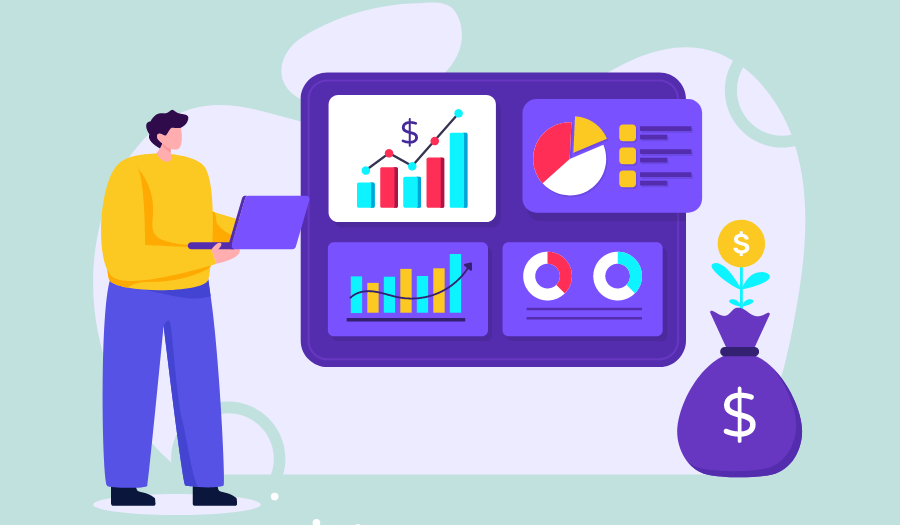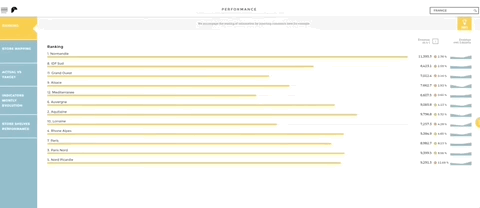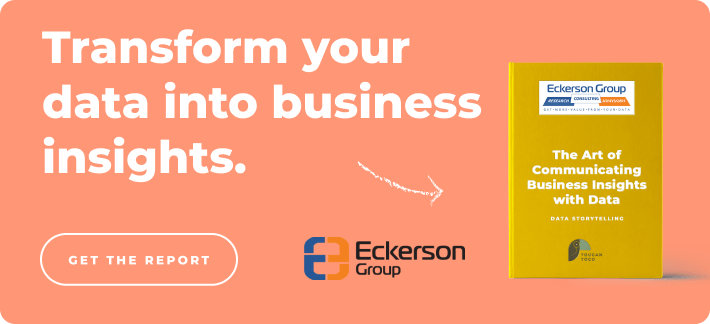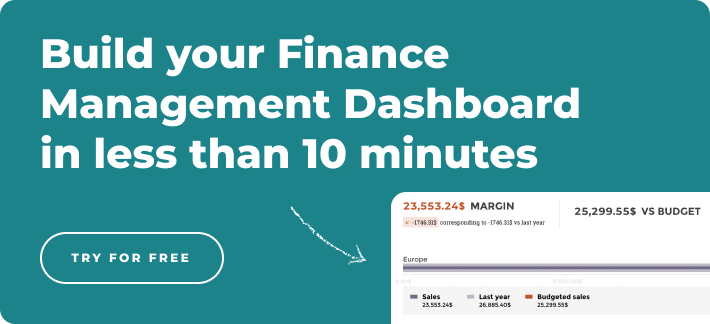Financial analytics, also known as financial analysis, provides various perspectives on the financial data of a business, providing insights that can facilitate strategic decisions and actions that improve the performance of the business. Accounting and finance analytics are closely related to business intelligence and enterprise performance management, and they play a key role in calculating profit, answering questions about a company, and making future forecasts possible.

Challenges with Financial Analytics
CFOs often pursue two contradictory goals. Finance must adhere to strict cost reduction imperatives and flat budgets as a cost center for the business. However, CFOs need to provide unprecedented levels of financial transparency and decision support in order to meet growing regulatory and management requirements.
At a time when big data integration is expected, the CFO is likely to have a financial house not in the best order, or at least not in a manner providing the insight needed to act on detailed results. CFOs often rely on complex, disconnected financial systems that require extensive manual, error-prone reconciliation and validation labor. It can lead to inconsistent or inaccurate reporting of results, as well as "data struggles" within a company when divisions have conflicting definitions of net revenue, gross margin, or selling expense. The resulting arguments delay management's decisions and negatively affect their quality.
It is the CFO's responsibility to protect the financial information reported to regulators and stakeholders and to advocate improvements to data management skills that resolve any conflicts involving financial information. It is the only way to ensure that their companies can operate with a reliable, transparent single view of total company performance.
Since regulators and stakeholders expect more transparency from CFOs than ever before, they require more analytical capabilities than ever before. By providing a data-driven approach and the right infrastructure, finance can assist all aspects of the business in making more informed decisions. In order to meet this challenge, detailed linkages must exist between the financial statements and the details in the sub-ledger, which aggregate up into the general ledger. The requirement not only fits well within finance's traditional role as steward of financial data but is also a logical progression for the growing number of companies whose Chief Information Officers report directly to the CFO.
Core Competencies of Finance Analytics
CFOs who want to ensure their departments are data-driven should work with IT to embark on a phased program toward a simplified finance system architecture that eliminates redundancies, enables integration, and maximizes automation. Finance can transform its effectiveness and efficiency by integrating all of the organization's data sources, such as point-of-sale devices, consumer billing and mortgage loan systems, brand-name and homegrown ERP systems, accounting hubs, and rule-based cost allocation engines, into a single, integrated repository.
The key to achieving this state is to redesign financial system architectures with five core capabilities in mind: agility, sustainability, extensibility, predictability, and accountability.
- Agility: relates to the CFO’s ability to respond to and promote change.
- Sustainability: financial analytics are built on a decision-making environment that can be continuously updated and evolved with minimum effort.
- Extensibility: architectures designed with an eye on future data types that, when married with initial ones, will generate incremental business value.
- Predictability: hinges upon how revenues and costs interact, giving CFOs detailed operational insight to identify and act on priority activities that can improve future profitability and help avoid unnecessary costs.
- Accountability: a framework that aligns strategy and execution across the enterprise with the goal of running the business on an agreed fact base through a common set of metrics.
Types of financial analytics

Any company that wants to remain competitive must use analytics to stay competitive in today's data-driven world. You can utilize financial analytics to understand your business's past and present performance and make strategic decisions. These are some of the critical financial analytics that every company, regardless of size, should implement.
- Predictive sales analytics
Every business relies on sales revenue to survive. The accuracy of sales projections has essential strategic and technical implications for the organization. Predictive sales analytics involves forecasting sales accurately. There are many ways to predict sales, including using correlation analysis or past trends. You can plan and manage your business' peaks and troughs using predictive sales analytics.
- Client profitability analytics
It is important for every business to distinguish between clients that make money and clients that lose money. In general, customer profitability follows the 80/20 rule, where 20 percent of the clients generate 80 percent of the profits, and 20 percent of the clients incur 80 percent of customer-related expenses. Knowing this is essential.
When you understand your customers' profitability, you will be able to analyze every client group and gain useful insight. The biggest challenge to customer profitability analytics comes from ignoring the client's contribution to the organization.
- Product profitability analytics
An organization needs to know where it is making money, and where it is losing it, in order to remain competitive within an industry. You can determine the profitability of each product through product profitability analytics instead of analyzing the company overall. To do this, you must analyze each product individually. In addition to helping you identify profitability insights across the product range, product profitability analytics can help you make better decisions to protect and grow your business.
- Cash flow analytics
To run an organization on a day-to-day basis, you require a certain amount of cash. Money is the lifeblood of your business. Knowing how your cash flow is performing is key to gauging the health of your business. Cash flow analytics involves the use of real-time indicators such as the Working Capital Ratio and Cash Conversion Cycle. Other methods of predicting cash flow include regression analysis. Aside from helping you manage your cash flow and ensure you have enough funds for day-to-day operations, cash flow analytics can also help you perform a wide range of business functions.
- Value-driven analytics
In most organizations, there is a sense of where they are going and what they hope to accomplish. The business' value drivers can be identified in a strategy map that formalizes its goals. Value drivers are the key elements to achieving the organization's strategic goals. Value driver analytics examines these levers to see if they can achieve the intended outcome.



